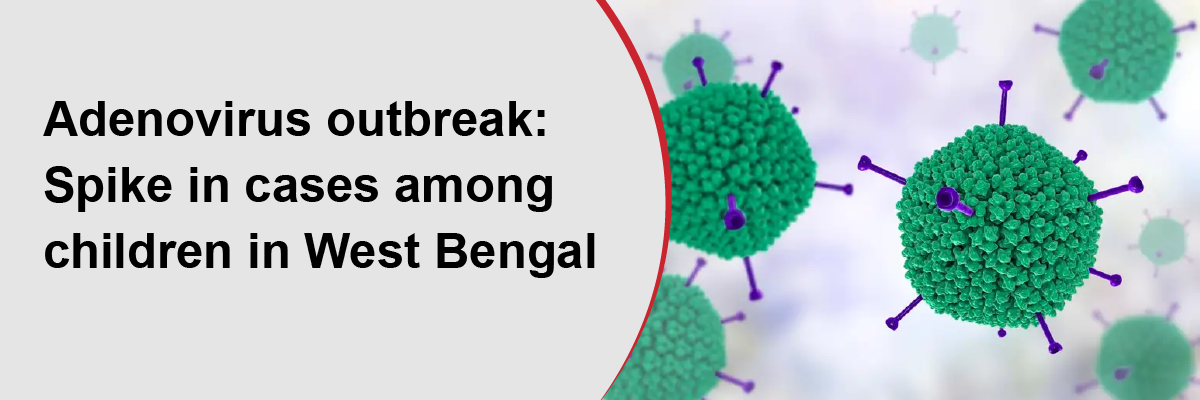
 IJCP Editorial Team
IJCP Editorial Team
Adenovirus outbreak: Spike in cases among children in West Bengal
West Bengal has seen
a significant spike in respiratory infections among children since January. Of
the 500 samples tested by the National Institute of Cholera and Enteric
Diseases (NICED), those testing positive for adenovirus were the highest – 32%.
The other two common infections detected were parainfluenza virus – 13% and
rhinovirus – 12%.
Two pediatric
patients succumbed to the infection on Sunday – a six-month-old and a 2.5-year-old.
Although the exact cause of the fatalities has not been confirmed, there is no
denying the massive in-surge of children suffering from flu-like symptoms in
public and private hospitals.
Reportedly, the state
health department has requested chief medical officers in charge of different
hospitals to check the preparedness of the healthcare sector in tackling the
disease.
Adenovirus infections
are common and can affect people at any time of the year. The condition is more
common in children. The symptoms are usually mild-to-severe; those among
children are:
- Fever
- Cough
and cold
- Sore
throat
- Pink
eye (conjunctivitis)
Immunocompromised
patients and those with comorbidities are the most susceptible. Some patients
may also present with nausea, vomiting, watery stools, and abdominal pain. The
disease may progress to pneumonia and acute bronchitis if complications
persist.
Further, the
infection is contagious and primarily spreads through air droplets, water
contamination, and fecal contact. Close contact with an infected person/child
must be avoided, such as handshaking. School-going children must be taught
hand-washing and to avoid touching their mouths, nose, and eyes, especially
when outdoors.
Surface contamination
by adenovirus is also likely, and the virus is resistant to common
disinfectants. The infection can also spread by touching a surface that has
been in contact with an infected person.
No specific treatment has been defined for this viral infection. In most
cases, diagnosis is based on the patient’s history and clinical presentation.
Usually, the symptoms are mild and supportive treatments can ameliorate the
symptoms. The disease is more common in children and some patients may require
hospitalization if complications precipitate.

IJCP Editorial Team
Comprising seasoned professionals and experts from the medical field, the IJCP editorial team is dedicated to delivering timely and accurate content and thriving to provide attention-grabbing information for the readers. What sets them apart are their diverse expertise, spanning academia, research, and clinical practice, and their dedication to upholding the highest standards of quality and integrity. With a wealth of experience and a commitment to excellence, the IJCP editorial team strives to provide valuable perspectives, the latest trends, and in-depth analyses across various medical domains, all in a way that keeps you interested and engaged.










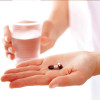
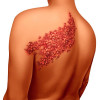
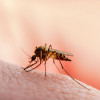


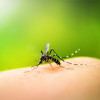


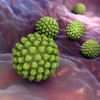

Please login to comment on this article